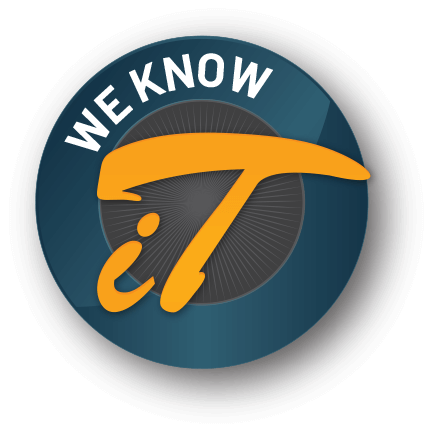Why Every Company Should Consider Outsourcing IT Serivce Desk Support
IT Service Desk Support functions to assist clients and end users with information and support for a product or service they have purchased. Duties taken on by this support team include troubleshooting any issues or problems the end user is experiencing, offering guidance about various products and services and more. This support comes via instant messaging, e-mail, toll-free phone lines, and websites, and some companies offer in-house help desks for employees encountering problems with their work equipment.
Functions Performed By a IT Service Desk
- Supplies users with a singular point of contact for help with troubleshooting, questions, and problem resolution
- Tracks issues as they move through the system toward resolution
- Communication with employees and customers
- Gathering of information regarding user preferences, customer satisfaction, technical problems, and more
The Benefits ff Outsourcing Technical Support
Employing technicians to be on call around the clock becomes costly. When a company opts to outsource this duty at least part of the time, employees enjoy more time at home with their families. In addition, when they are at work, they find it easier to focus on working with clients in an advisory capacity, increasing company profits and identifying new opportunities for the business. Technicians find the job to be more challenging when they aren’t handling routine calls and the job satisfaction increases, which also benefits the company.
Help Desk Support Features
- Offers support for Microsoft and Apple desktop operating systems
- Microsoft Office and leading third-party applications
- Addresses computer performance problems
- Resolves virus and malware infections
- Thin client and virtual desktop support
- Limited hardware and network troubleshooting
- Works with mobile phones and tablets
- Email applications and browser support
- Printer installation and support
- User administration
Levels of Support
The majority of help desk providers offer multiple levels of support. First line support typically answers questions which can be found in a company’s knowledge base or frequently asked questions. When a matter cannot be resolved by this portion of the team, the issue is forwarded to the second support level. Here, more complex issues are addressed. The third line of support works with needs that are software specific, including bug fixes and updates. Most companies make use of queue supervisors or managers. This individual or team manages all incoming requests and assigns issues to specialized teams based on the problem being experienced. In addition, many help desk teams benefit from a telephone system with ACD split, one which directs callers to specific groups based on the problem they are calling about.
Teams and Their Duties
- Desk side teams, often referred to as desktop support, assist clients having issues with laptops, desktops, and peripherals. This team often sets up and configures devices for new users and takes responsibility for any physical work relating to desktop devices. This may include moving workstations or repairing computer hardware and software issues.
- Network teams assume responsibility for the hardware, software and infrastructure of a client’s network, including switches, servers, firewalls, and backup systems. Network services, like file management and email configuration, also fall under their jurisdiction. Many networks now include monitoring devices which transmit outage information to this team to automatically open a ticket and alert the primary contacts to the issue.
- Server issues are directed to the server team. This team deals with network authentication, email accounts, network resources, network shares, and Domain Name System (DNS) servers. Moreover, some teams offer support for more advanced services, including content and storage management systems, database support, specialized proprietary services and more.
- Other teams may also be established, depending on the needs of the clients being served. For example, some IT help desk support providers now offer a telecom team for telephone infrastructure, a custom application software team for in-house software development and more. In addition, many technicians now work from their own homes, as this remote support allows for greater flexibility.
Choosing a IT Help Desk Provider
Companies need to ensure an IT Help Desk Support team will meet their unique needs. Fortunately, many providers now offer a variety of options that allow potential clients to see what their support teams can do. Businesses find this to be of great help as they can ensure the team will function as a strong representative of their business, one which portrays their company in a favorable light. When comparing IT help desk providers, look for ones that offer free fully-interactive live product demonstrations, free trials that provide limited access to the features and tools of the support team, or one-on-one communication with an account executive to learn how the help desk will benefit the potential client’s company.
An IT Service Desk Support provider helps a company in numerous ways. Care must be taken to select this provider, however, as they represent the client’s company with every interaction. With the right provider, a company finds they free up valuable time for other duties while still fulfilling client expectations. This is one task every company should consider outsourcing for great results.



